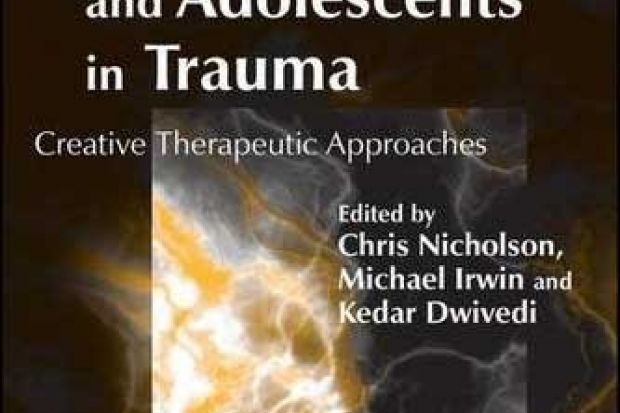The foreword to this book cuts right to the heart of the matter: that children who have awful experiences at the hands of adults may be impelled to adapt to their situation by acting in mindless or destructive ways. In my clinical experience, such children are often also unwanted, and almost always come from the lower socio-economic groups.
Society has various ways of explaining this uncomfortable fact and sometimes uses the language of good and evil, as in the recent case of boys being tortured by other boys in Edlington, South Yorkshire. The important idea, however, is that most children have the potential to engage in violence and cruelty (think of Lord of the Flies, as the author of chapter 11 reminds us), and whether they do so or not depends on an interaction of inherited, parental and environmental factors. This is where child psychiatry and its allied disciplines come in, and where any talk of young people being evil or in need of moral reform - a view quietly held, I suspect, by many in faith schools - needs to stay out. I can think of several little patients I have seen in the past five years who were subjected to exorcism by religionists.
It cannot be claimed that this book is for a general readership, and I cannot imagine it will be of interest to any but the more specialised therapist working with children who have been traumatised.
There are five parts to the book, somewhat arbitrarily divided, with the first part being of especially dubious quality. There is little context to orient the reader, no mention of the scale of the problem, and I found the choice of references restricted and odd, given that there is already much good and classical work written about trauma in childhood.
Other irritations were some inaccuracies in information; loose phrasing; and the same old criticism of doctors medicalising disorders (whereas a diagnosis of autistic spectrum disorder or attention deficit hyperactivity disorder, when present, can often make a huge and positive difference).
But from the second part onwards the book improves, with, for example, more detailed case discussions and descriptions of specialist therapeutic work. Subsequent chapters are also more academic in tone. Whatever its flaws, the book is an attempt to examine the basis of disturbing behaviour in young people and reminds us that such behaviour is often a way of communicating distress.
I was pleased to find a sub-theme, hitherto unusual in a book of this kind, of the importance of research in neuroscience, which hasn't always been seen as terribly relevant by therapists. We now know that environmental risk factors, such as severe early deprivation and neglect, increase the sensitivity of neural and hormonal response systems. Those individuals who suffer such privations are more likely to develop a mental disorder under appropriate provocation. And we also know more about the continuity of these disorders into adult life.
The advertised thesis of the book - that the use of creative practice can help therapeutically - is hard to deny and of course is not a new idea. Creative therapies such as art or drama therapy have a long history: many children enjoy these activities and are helped by them. However, the problem therapists have, regardless of how fascinating their theoretical positions are, is in demonstrating the effectiveness of their work to the cash-strapped and evidence-oriented NHS. Creative therapies must compete with other treatments that have more evidence of their efficacy and may be cheaper. So we need some sophisticated research techniques to synthesise findings from both qualitative and quantitative domains of enquiry, as well as social policy changes, for disturbing behaviour to be truly understood and helped.
Children and Adolescents in Trauma: Creative Therapeutic Approaches
Edited by Chris Nicholson, Michael Irwin and Kedar Dwivedi Jessica Kingsley Publishers
256pp, £22.99
ISBN 9781843104377
Published 15 January 2010
Register to continue
Why register?
- Registration is free and only takes a moment
- Once registered, you can read 3 articles a month
- Sign up for our newsletter
Subscribe
Or subscribe for unlimited access to:
- Unlimited access to news, views, insights & reviews
- Digital editions
- Digital access to THE’s university and college rankings analysis
Already registered or a current subscriber? Login
